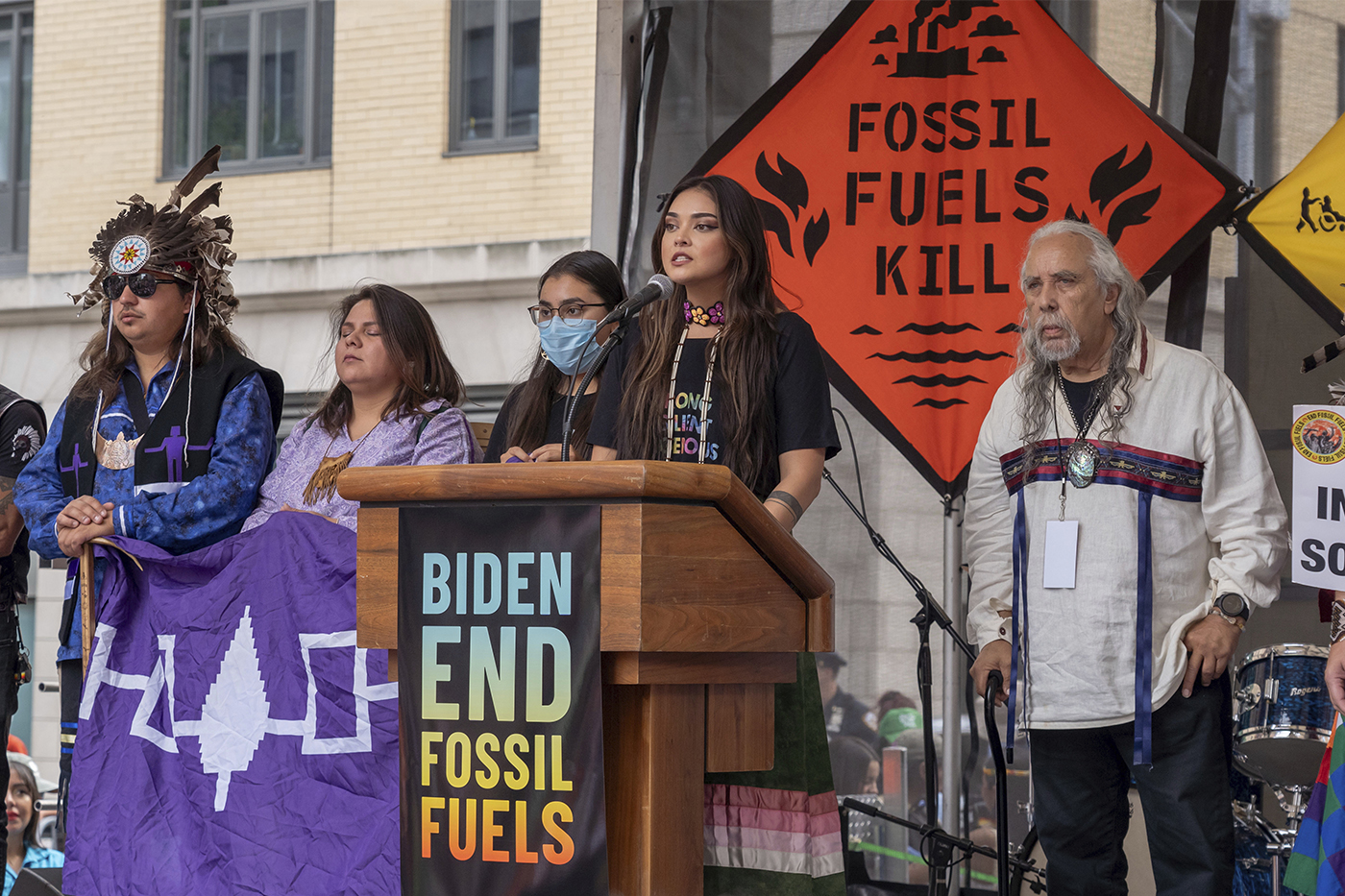
In an era where climate change threatens the very fabric of our global society, the question isn’t whether we should act—it’s how we can create the most meaningful impact. While financial contributions remain crucial, today’s sustainability-conscious leaders are discovering that true transformation requires a multifaceted approach that goes far beyond traditional philanthropy.
The challenges facing our planet are interconnected and complex: deforestation ravages our ecosystems, food shortages plague struggling cities, and the lack of ecological programs continues to perpetuate cycles of poverty and environmental degradation. For CEOs, business owners, philanthropists, and thought leaders who understand these interconnected crises, the path forward demands innovative engagement strategies that leverage your unique skills, networks, and influence.
The Power of Strategic Engagement: Lessons from Environmental Giants

The world’s most successful environmental organizations have mastered the art of engaging high-net-worth individuals beyond traditional donation models. The Nature Conservancy, for instance, has revolutionized donor engagement by focusing on “high-potential donors” through sophisticated wealth screening and relationship-building strategies that prioritize growth potential over immediate giving capacity.
Similarly, the Bezos Earth Fund demonstrates how visionary philanthropy can catalyze systemic change. With its unprecedented $10 billion commitment to fight climate change, the fund emphasizes building coalitions and transforming systems—a model that shows how wealthy individuals can leverage their resources to create exponential impact.
These organizations understand that today’s sustainability-focused leaders want to be partners in change, not just passive funders. They seek meaningful ways to contribute their expertise, networks, and influence to create lasting solutions for sustainable products, poverty elevation, and environmental restoration.
1. Become a Strategic Advisor: Your Expertise as Currency

Your professional expertise represents one of the most valuable contributions you can make to the sustainability movement. Whether you’re a CEO with experience in supply chain optimization, a venture capitalist with insights into emerging green products markets, or a professor with deep knowledge of bio-packaging innovations, your strategic guidance can accelerate organizational impact exponentially.
Consider how your industry experience could address specific challenges:
- Supply Chain Professionals: Help organizations develop sustainable procurement strategies that support eco-friendly suppliers in war-ravaged regions
- Technology Leaders: Advise on digital solutions that can scale environmental monitoring and conservation efforts
- Financial Experts: Provide guidance on innovative funding mechanisms that can support communities facing food shortages
- Marketing Specialists: Develop campaigns that raise awareness about sustainable products and their global impact
The most effective advisory relationships are built on mutual respect and clear expectations. Organizations like GEG Network actively seek advisors who can provide quarterly strategic reviews, participate in critical decision-making processes, and offer guidance on scaling successful programs.
2. Leverage Your Network for Collective Impact

Your professional network represents a powerful force multiplier for environmental impact. Research shows that peer-to-peer influence significantly drives philanthropic giving, with wealthy consumers increasingly motivated by social proof and community engagement.
Effective network leverage strategies include:
Executive Roundtables: Host quarterly gatherings focused on sustainability challenges, bringing together industry leaders to share best practices and identify collaborative opportunities.
Supply Chain Partnerships: Use your business relationships to promote sustainable products and eco-friendly practices throughout your industry’s value chain.
Investment Syndication: Organize investment groups focused on environmental solutions, particularly those addressing deforestation and supporting struggling cities.
Professional Association Leadership: Take active roles in industry associations to advocate for policies that support green products and combat climate change.
The key is to approach network engagement strategically, focusing on creating value for all participants while advancing environmental goals. This approach has proven particularly effective among LinkedIn-connected professionals who appreciate evidence-based, results-oriented collaboration.
3. Drive Innovation Through Corporate Partnerships

Your company’s resources, expertise, and market position can create transformative partnerships that address environmental challenges while generating business value. The most successful corporate partnerships focus on solving specific problems while building sustainable business models.
Product Development Collaborations: Partner with environmental organizations to develop sustainable products that address real-world challenges. This could include creating bio-packaging solutions for struggling cities or developing eco-friendly alternatives that support poverty elevation.
Technology Transfer: Share proprietary technologies or methodologies that can help organizations scale their impact. This is particularly valuable for addressing lack of ecological programs in underserved communities.
Market Access: Use your distribution networks and customer relationships to promote green products and sustainable solutions developed by environmental organizations.
Employee Engagement: Create structured volunteer programs that allow your team to contribute specialized skills to environmental projects while building team cohesion and professional development.
Research indicates that consumers are willing to pay an average of 9.7% more for sustainably produced goods, making corporate partnerships both environmentally and commercially beneficial. PwC Consumer Survey
4. Champion Policy and Advocacy Efforts

Your voice carries significant weight in policy discussions that shape environmental outcomes. Effective advocacy requires understanding both the technical aspects of environmental challenges and the political realities of policy implementation.
Industry Leadership: Use your position to advocate for industry-wide standards that promote sustainability and combat climate change. This includes supporting regulations that address deforestation and promote sustainable products.
Thought Leadership: Publish articles, speak at conferences, and participate in media discussions that educate other business leaders about environmental challenges and solutions.
Direct Policy Engagement: Work with lobbying groups and policy organizations to support legislation that addresses food shortages, supports eco-friendly innovation, and provides resources for struggling cities.
International Collaboration: Engage with international organizations addressing global challenges, particularly those affecting war-ravaged regions and areas with lack of ecological programs.
The most effective advocacy efforts combine personal expertise with factual evidence and practical solutions. Your business success provides credibility that can help bridge the gap between environmental necessity and economic feasibility.
5. Create Sustainable Investment Opportunities

Impact investing represents one of the fastest-growing sectors in finance, with wealthy investors increasingly seeking opportunities that generate both financial returns and positive environmental outcomes. Your investment decisions can drive innovation while creating sustainable solutions for global challenges.
Direct Investment: Identify and fund companies developing sustainable products, bio-packaging solutions, and technologies that address climate change and deforestation.
Fund Creation: Establish or participate in investment funds focused on environmental solutions, particularly those supporting poverty elevation and addressing food shortages.
Innovation Financing: Provide seed funding or growth capital for startups developing eco-friendly solutions for struggling cities and regions with lack of ecological programs.
Market Development: Use your investment capacity to create markets for green products and sustainable solutions, particularly in underserved regions including war-ravaged areas.
Studies show that 55% of consumers are willing to pay more for eco-friendly brands, indicating strong market demand for sustainable solutions. This consumer trend creates significant investment opportunities for those who understand both environmental needs and market dynamics.
Building Long-Term Relationships: The Foundation of Sustained Impact

The most successful environmental engagements are built on long-term relationships rather than transactional interactions. This approach requires organizations to understand donor motivations, provide meaningful engagement opportunities, and demonstrate clear impact metrics.
Consistent Communication: Regular updates on project progress, impact metrics, and strategic developments help maintain engagement and build trust.
Exclusive Access: Provide supporters with insider access to project sites, beneficiary communities, and decision-making processes.
Peer Connection: Create opportunities for supporters to connect with each other, sharing experiences and building collaborative relationships.
Recognition and Celebration: Acknowledge contributions in ways that align with supporter preferences, whether through public recognition or private appreciation.
Continuous Learning: Offer educational opportunities that help supporters understand evolving environmental challenges and solutions.
The Digital Connection: Staying Engaged in a Connected World
Modern engagement requires sophisticated digital strategies that meet busy professionals where they are. This includes LinkedIn-based thought leadership, exclusive webinar series, and mobile-first communication platforms that provide real-time project updates.
Social Media Engagement: Use platforms like LinkedIn to share insights, connect with peers, and amplify environmental messages to professional networks.
Virtual Reality Experiences: Participate in VR tours of project sites, allowing you to see impact firsthand without travel requirements.
Mobile Communication: Receive real-time updates on project progress, impact metrics, and opportunities for additional engagement.
Online Communities: Join exclusive online forums where supporters can share experiences, ask questions, and collaborate on solutions.
Measuring Impact: The Metrics That Matter

Effective engagement requires clear metrics that demonstrate progress toward environmental goals. The most meaningful metrics focus on both immediate outcomes and long-term systemic change.
Environmental Metrics: Track reductions in carbon emissions, improvements in biodiversity, and progress toward sustainability goals.
Social Impact Metrics: Measure improvements in community health, education access, and economic opportunities in supported regions.
Innovation Metrics: Assess the development and adoption of sustainable products, green products, and eco-friendly technologies.
Systemic Change Metrics: Evaluate policy changes, industry standard improvements, and market transformation progress.
Your Next Steps: Joining the Movement
The path forward requires both urgency and strategic thinking. Climate change and environmental degradation continue to accelerate, but the tools and opportunities for meaningful engagement have never been more accessible or impactful.
Start with Assessment: Evaluate your current environmental engagement and identify areas where your unique skills and resources can create the greatest impact.
Build Relationships: Connect with organizations like GEG Network that align with your values and offer meaningful engagement opportunities.
Commit to Learning: Stay informed about evolving environmental challenges and solutions, particularly those affecting struggling cities and war-ravaged regions.
Measure and Adjust: Track your impact and adjust your engagement strategies based on results and changing needs.
Inspire Others: Use your influence to encourage peers to join the movement and amplify collective impact.
The challenges facing our planet require unprecedented collaboration between those who have the resources to create change and those who have the expertise to guide it. By engaging beyond traditional donation models, you can help create a world where sustainable products are the norm, poverty elevation is achievable, and ecological programs protect both people and planet.
The movement needs your leadership, your expertise, and your commitment to long-term change. The question isn’t whether you should get involved—it’s how you can make the greatest difference for the generations that will inherit the world we leave behind.
Ready to join the movement? Visit GEG Network to explore partnership opportunities and discover how your unique skills can create lasting environmental impact.